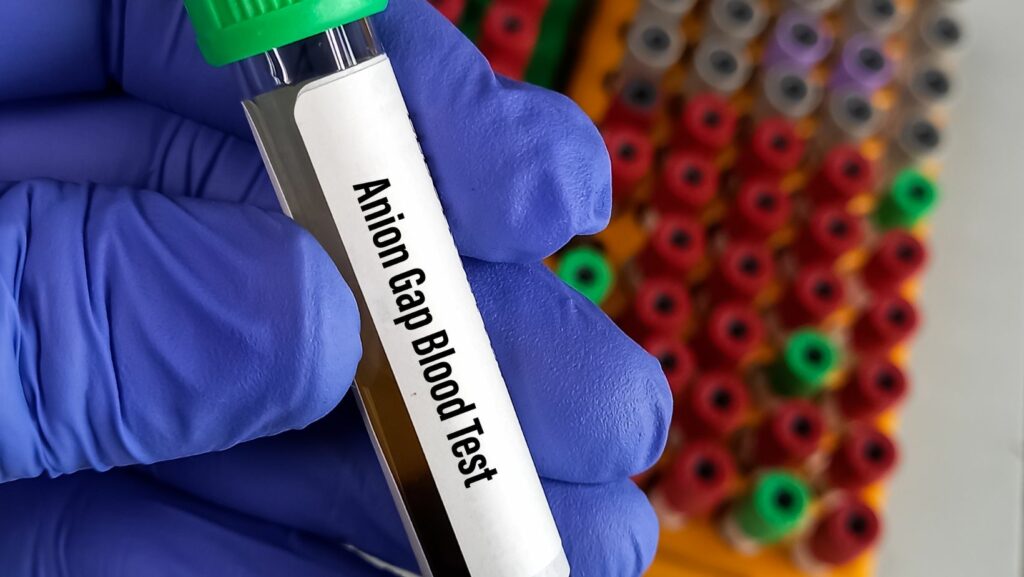
Anion Gap Low
Have you ever heard of the term “anion gap low”? If not, don’t worry, you’re not alone. It’s a medical term that refers to a specific condition that can be detected through blood tests. As someone who has spent years researching and writing about medical topics, I am here to shed some light on this often misunderstood concept. In this article, I’ll explain what anion gap low means, what it can indicate about your health, and why it’s important to pay attention to this aspect of your blood work. So, let’s dive in and unravel the mystery of anion gap low.
When it comes to understanding our health, blood tests play a crucial role in providing valuable insights. One of the parameters that doctors look at is the anion gap, which measures the balance of electrolytes in our blood. Anion gap low is a term used when the level of anions (negatively charged ions) in the blood is lower than normal. This can be an indication of various underlying conditions or imbalances in the body. In this article, I’ll walk you through the potential causes of anion gap low and what it can tell us about our overall health. So, let’s unravel the mystery of anion gap low and gain a better understanding of our bodies.
What is Anion Gap?
When it comes to understanding blood test results, one term that often comes up is “anion gap.” Let me explain what exactly this means. The anion gap is a measurement used to assess the balance of electrolytes in our blood. It gives doctors valuable information about our overall health and can help indicate if there are any underlying medical conditions.
To put it simply, the anion gap is the difference between the positively-charged ions (cations) and negatively-charged ions (anions) in our blood. This gap is calculated by subtracting the concentrations of chloride and bicarbonate ions from the concentration of sodium and potassium ions.
You might be wondering why this measurement is important. Well, the anion gap serves as a clue for healthcare professionals to identify certain medical conditions. When the anion gap is low, this could indicate several things. It could mean that there is an excess of positively charged ions or a deficiency of negatively charged ions in the blood. It could also suggest a decrease in certain electrolytes such as albumin or calcium.
However, it’s important to note that the anion gap alone cannot diagnose a specific condition. It is just one piece of the puzzle that helps healthcare providers determine the cause of certain symptoms or abnormalities in blood work. Further testing and evaluation are usually needed to make an accurate diagnosis.
So, when you go for blood work and you hear the term “anion gap,” you now have a better understanding of what it means. It is a measurement that provides insight into the balance of electrolytes in your blood and can be an indicator of potential health issues. Remember, it is always best to consult with a healthcare professional to interpret your blood test results and address any concerns you may have.
Symptoms and Diagnosis
When it comes to a low anion gap, it’s important to understand that it is not a condition in itself but rather a result of an underlying medical issue. As such, there are often no specific symptoms directly associated with a low anion gap. Instead, the symptoms and clinical presentation will depend on the underlying cause.
One of the most common conditions associated with a low anion gap is metabolic acidosis. In this condition, the body’s pH level drops, leading to symptoms such as:
- Fatigue
- Rapid breathing
- Confusion
- Headache
- Nausea
- Vomiting
It’s important to note that these symptoms can also be caused by a variety of other factors, so it is crucial not to rely solely on the presence of a low anion gap for diagnosis.
To properly diagnose the underlying cause of a low anion gap, healthcare professionals will typically conduct further tests. These may include:
- Blood tests: Blood samples may be taken to measure electrolyte levels, kidney function, liver function, and other factors that can contribute to a low anion gap.
- Urine tests: Urine analysis can provide valuable information about kidney function and the excretion of certain substances that can affect anion gap.
- Imaging tests: In some cases, imaging tests such as X-rays or CT scans may be ordered to assess the presence of certain conditions like tumors or kidney stones that can impact anion gap levels.
- Further specialized tests: Depending on the suspected cause, additional tests, such as bone marrow biopsies or immune globulin tests, may be needed to diagnose conditions like multiple myeloma or autoimmune disorders.
It’s important to remember that a low anion gap is just one piece of the diagnostic puzzle. Health care professionals will consider the results of all tests, along with a thorough medical history, and a physical examination to form an accurate diagnosis.












